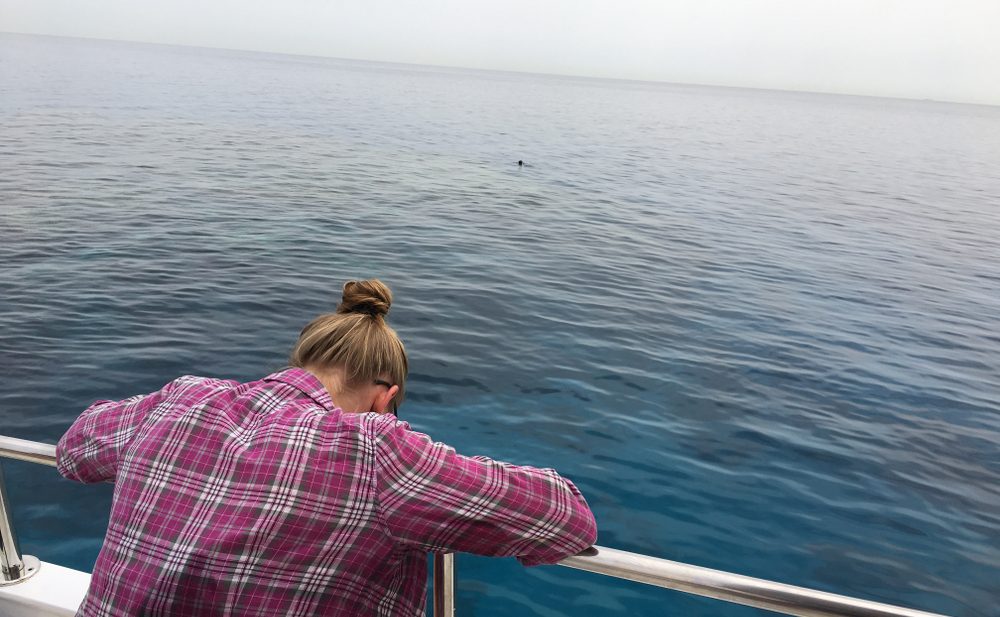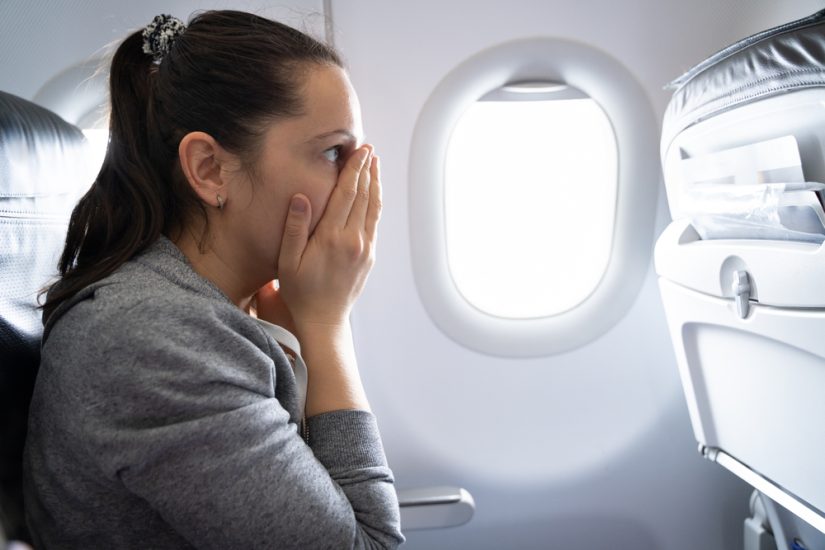If you’re reading this, chances are you’ve probably heard of the word “thalassophobia” before. Derived from the Greek words “Thalassa,” meaning “sea,” and “Phobos,” meaning “fear,” thalassophobia refers to an intense and irrational fear of the ocean or other bodies of water. But just how common is thalassophobia? Is it a relatively widespread form of phobia, or is it something that only affects a select few?
First things first, it’s worth noting that phobias in general are absolutely common. According to the American Psychiatric Association, phobias affect an estimated 10% of the population. That’s a staggering number when you consider the vast range of things people can fear – from spiders, closed spaces, and heights to social situations and even colors.
But when it comes to thalassophobia specifically, there’s not a lot of information out there to suggest just how prevalent it is. But there are some theories as to why this occurs. Some studies have suggested that up to 25% of the population may experience some level of anxiety or fear when it comes to bodies of water.
Thalassophobia Theories
One possibility is that it is an evolutionary reaction to the dangers of the ocean. Humans have always been vulnerable to the perils of the sea, including drowning, shark attacks, and other hazards associated with it. It’s possible that thalassophobia is a natural response to these risks, designed to keep us safe and avoid unnecessary danger.
Another theory is that thalassophobia may be correlated to other types of phobias or anxiety disorders. For example, people with generalized anxiety disorder may be more likely to experience thalassophobia, as they are generally more prone to feelings of worry and apprehension.
Regardless of the root causes, thalassophobia is a very real and potentially debilitating phobia. If left untreated, it might start to interfere with everyday life, making it emotionally tiring for sufferers to enjoy activities like swimming, boating, or even visiting the beach.
Other Water-Related Anxieties
Not all fears or anxieties related to water necessarily qualify as thalassophobia. For example, someone may feel uneasy about swimming in open water because they’re just not a confident swimmer or they’re concerned about the risk of drowning. While these fears are valid, they may not necessarily meet the diagnostic criteria for thalassophobia, which typically involves an intense and persistent fear that is disproportionate to the actual danger posed by the water.
So, while it’s difficult to put an exact number on just how common thalassophobia is, it’s safe to say that it’s not an uncommon fear worldwide. In fact, many people may experience a minor form of thalassophobia without even realizing it.
Thalassophobia Explained
One of the unique things about thalassophobia compared to other phobias is that it’s often tied to a specific environment – namely, the ocean or other water bodies. This means those who have thalassophobia may feel perfectly fine in other situations that would trigger anxiety or fear in people with other phobias. For example, someone with a fear of flying might also feel anxious when in tall buildings or crowded spaces, whereas someone with thalassophobia may feel completely at ease in such situations.
Despite how ubiquitous thalassophobia is and the impact it can have on people’s lives, it’s not always taken seriously as a genuine phobia. Some people may brush it off as simply a dislike of the ocean or a fear of sharks, without realizing the depth of the fear and anxiety that can go along with it.
Available Cure
Fortunately, there are several treatment options available for those who suffer from thalassophobia. Cognitive-behavioral therapy (CBT) is one approach that has been proven to be effective in treating phobias. This type of therapy involves gradually exposing the patient to the object of their fear, in a controlled and supportive environment with the help of a mental health professional. Over time, this can help to desensitize the patient to their fear and reduce their anxiety.
Another option is medication-based treatment, such as anti-anxiety or antidepressant drugs. While medication is not a cure for thalassophobia, it can help to manage the symptoms and make it easier for patients to engage in therapy or other forms of treatment.
Chase The Fear Away
What makes thalassophobia so terrifying? Is it the fear of drowning or the fear of the unknown creatures that lurk beneath the surface? Or is it something else entirely? Perhaps it is the sense of vulnerability that comes with being in such a vast and uncontrollable environment. Or maybe it is the feeling of being disconnected from the safety and stability of the land.
Whatever the reason, thalassophobia is a very real and common form of phobia that affects millions of people all around the globe. If you or someone you know suffers from thalassophobia, it is important you seek help from a qualified mental health professional. With the right treatment and support, it is possible to overcome this crippling phobia and take back control of your life and enjoy all the water sports like many others.
North America Behavioral Health Services Online Guidance For Mental Health
If your fears are completely having a hold on you, reach out to us at +1 (917) 267 8635. and be rid of the phobias that are keeping you from living your life to the fullest.












